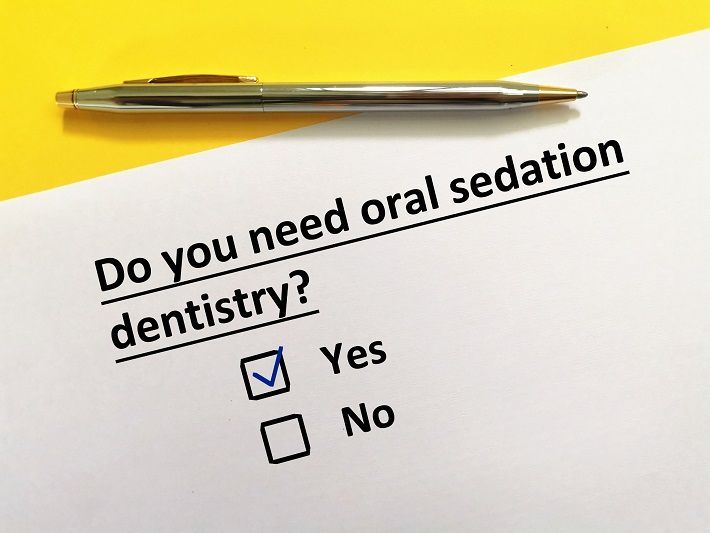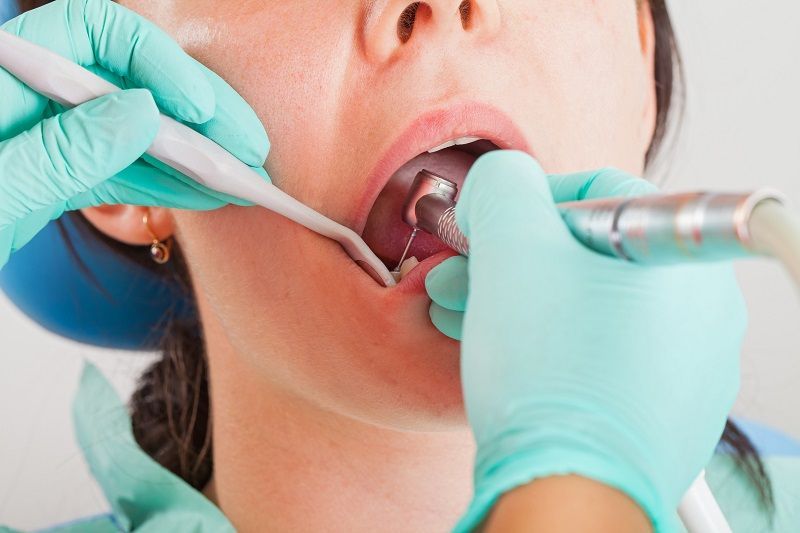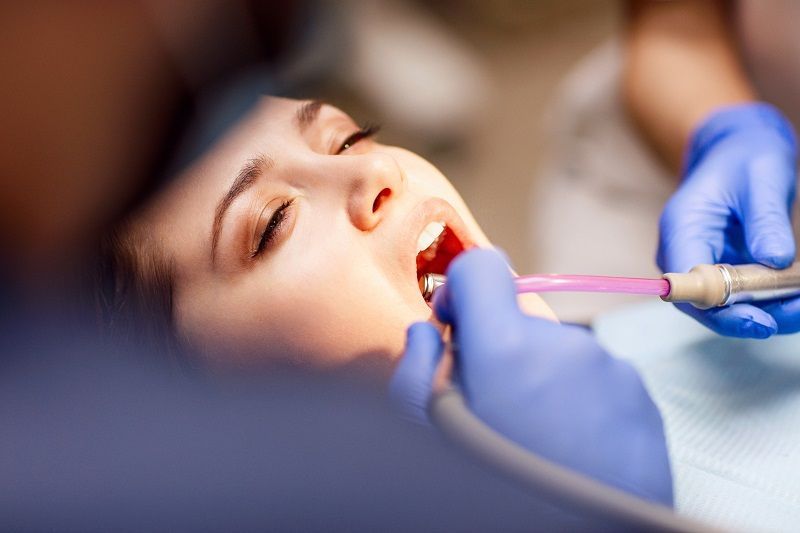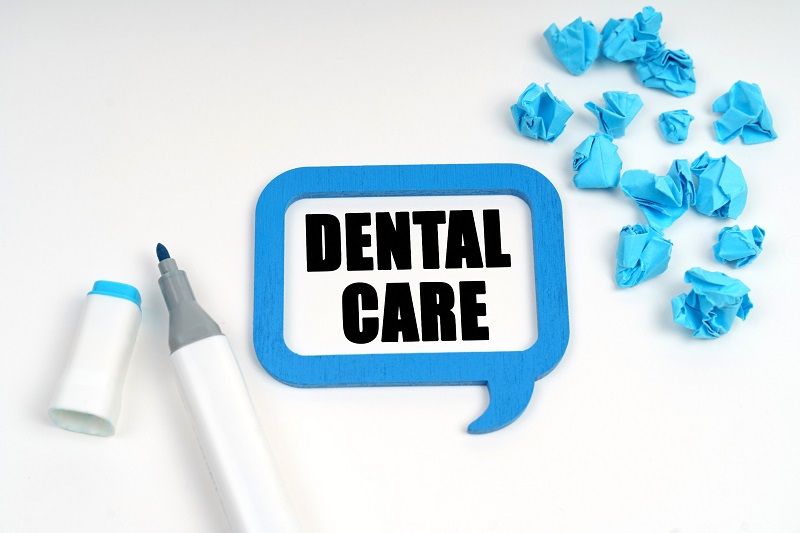Sedation and Allergies: What You Need to Know
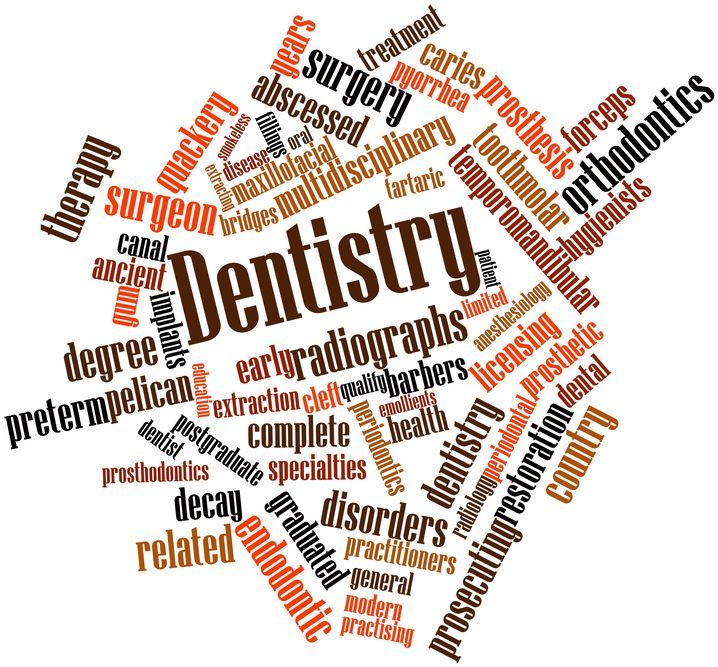
Understanding Conscious Sedation in Dentistry: A Solution for Anxiety-Free Care
For many, a trip to the dentist can be accompanied by anxiety or fear. To address this, more dentists are recommending conscious sedation, a versatile solution that can be used for both simple and complex dental procedures. Often combined with anesthesia, sedation helps patients feel calm and comfortable throughout their treatment.
What Is Sedation?
Sedation involves a range of techniques designed to relax and soothe patients during dental treatments. Common options include:
-
Nitrous Oxide: Known as "laughing gas," it promotes a sense of calm and relaxation.
-
Oral Sedation: Pills taken before the procedure to induce a deeper state of relaxation.
-
IV Sedation: Administered directly into the bloodstream for a more profound calming effect.
While sedation reduces anxiety and enhances comfort, it’s important to note that it does not eliminate pain. Dentists use local anesthesia to ensure a pain-free experience during procedures.
Is Sedation Safe?
Sedation is a safe option for most patients, with minimal risks. Potential side effects, especially with deeper sedation, may include slightly slowed breathing or a temporary drop in blood pressure. However, patients remain awake and are closely monitored throughout the procedure.
Rare Allergic Reactions to Sedatives
Allergic reactions to sedative medications are extremely uncommon. In rare cases, symptoms may include skin rashes, swelling around the eyes or lips, itching, or sudden coughing. Dentists take thorough precautions to minimize risks, including reviewing the patient’s medical history and ensuring the sedative does not interfere with other treatments.
By using conscious sedation, dentists can provide a stress-free experience, making dental care accessible and comfortable for everyone. If you’re nervous about an upcoming procedure, talk to your dentist about sedation options tailored to your needs.


